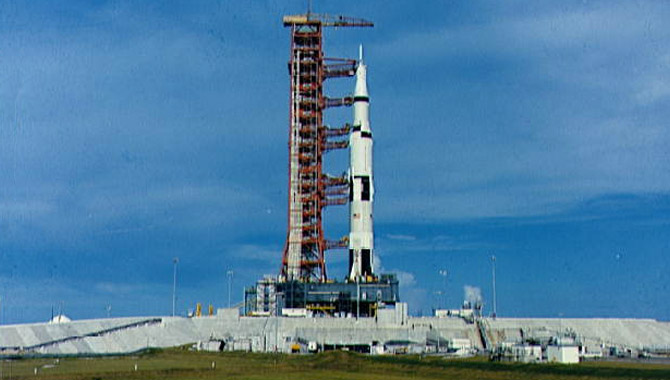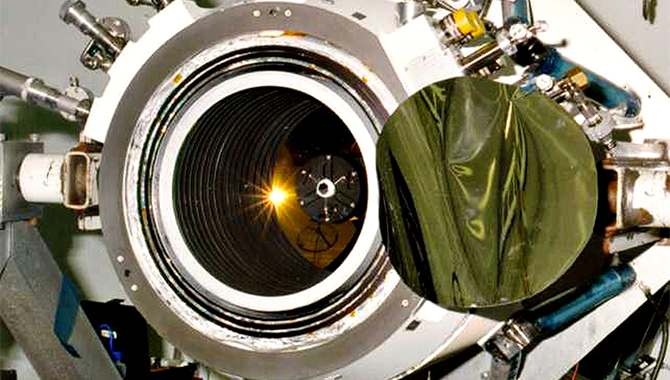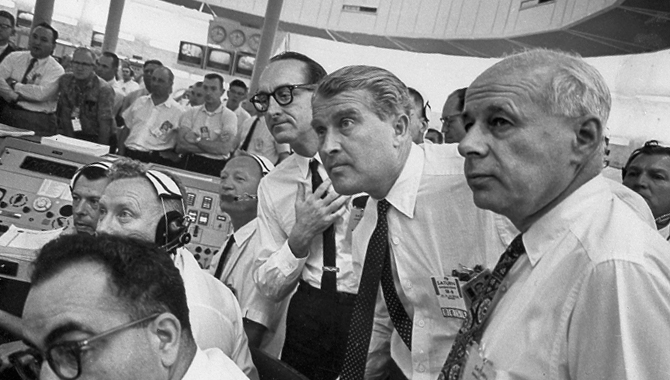ASK OCE — April 4, 2006 — Vol. 1, 1 Issue 7
On April 6, 1965, NASA launched the world’s first commercial communications satellite Intelsat I (a.k.a. Early Bird) into a geosynchronous orbit above earth.
The satellite was built for the Communications Satellite Corporation (COMSAT) by the Space and Communications Group of Hughes Aircraft Company and launched and tracked by NASA. It was activated for commercial service on June 28, 1965. Early Bird’s design evolved from the Syncom satellites previously built for NASA. The goal was to demonstrate the feasibility of synchronous orbit communications.
Once in orbit 22,300 miles above the equator, the 76-pound Early Bird was the first to provide direct and nearly instantaneous communications contact between Europe and North America. The satellite was a “communications repeater” and thus handled the entire representative scope of common carrier network traffic such as telephone, T.V. signals, telegraph, and fax.
The successful launch and deployment of Intelsat I, was the genesis of a synchronous satellite system that would eventually provide communications access to all the populated areas of the world. The launch also successfully proved the usefulness of synchronous satellites in the arena of commercial communications.
The great advantage of a synchronous orbit communications satellite is that it is “fixed” over the earth. This enables ground tracking to be accomplished without the need for complex tracking antennas. In order to hold its static position relative to the Earth’s axis, Intelsat I had to be placed directly above the equator. Because it was launched north of the equator from Cape Kennedy, Early Bird had to perform certain precise maneuvers to arrive at its proper position. These maneuvers were executed from the Earth station located at Andover, Maine.
As designed, Intelsat I had an operational lifetime of approximately 18 months. But it was in continuous, full-time service for more than two years after its planned lifespan. In January 1969, it was put on reserve status, but in June of the same year it was brought back on line for use during the Apollo 11 mission. Two months later, COMSAT placed the satellite in orbital reserve. It was briefly brought back into service in celebration of its 25th anniversary. Early Bird is currently inactive.
In This Issue
Message from the Chief Engineer
A View from Outside: U.S. Spaceports
This Week in NASA History: Intelsat I The ‘Early Bird’ of Satellites
APPEL Holds Twelfth Masters Forum
Snapshot from Apollo: The All-Up Testing Decision
Recent Breakthroughs by NASA Researchers: Highlights of Recent Publications and Awards
ST5 Launches
Beyond Boxes and Lines: Organizational DNA
Aerospace Titanium Producer May Change Hands









